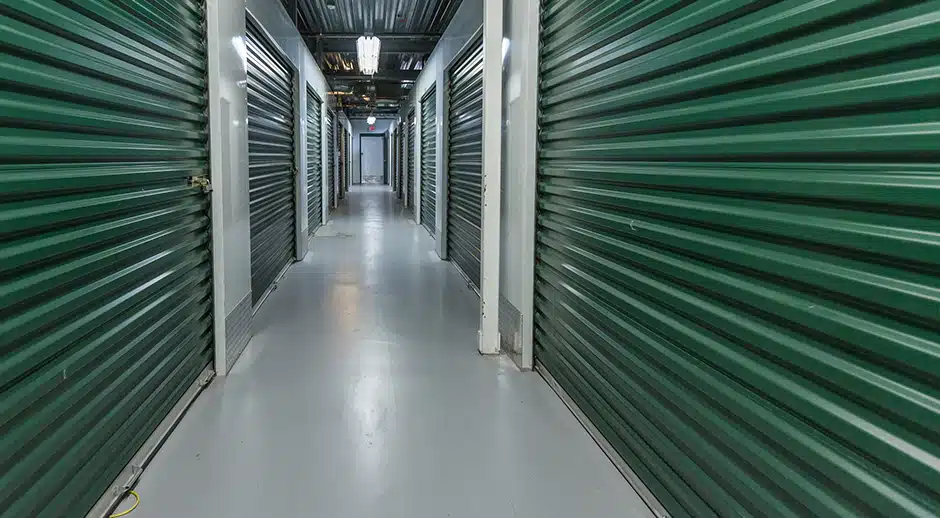Investor competition drives price growth for U.S. self-storage properties
Investor interest in U.S. self-storage properties remains high as long-term renter demand improves, according to Marcus & Millichap’s Self-Storage Research report for the second half of 2018.
Competitive bidding has advanced the national average price per square foot 11 percent over the 12-month period ending in June to $108 per square foot. For assets traded in this time period, the average initial yield is in the mid-6 percent zone, down from the low-8 percent band in 2010.
Overall, higher sales prices are enticing owners interested in exchanging holdings to bring their assets to market during the final months of 2018. Yet, as the year progresses, the prospect of rising lending costs due to interest rate hikes is narrowing the operationing margins for buyers, according to the report.
The combination of higher prices and lower first-year returns has created a buyer/seller expectations gap in some scenarios. Many buyers seeking higher cap rates are moving toward secondary and tertiary markets. Here initial returns range in the mid-6 to low-7 percent band. As the number of self-storage properties completed is high nationally, and some developers are not interested in owning and managing facilities, investors are also acquiring recent completions. Often this occurs when the certificate of occupancy is issued before or during the initial leasing period. These assets trade with a pro forma cap rate in the 7 percent to 8 percent range, according to the report.
Looking forward, this year, a record amount of storage space will be delivered as annual completions reach their highest level this cycle. The pace of arrivals is anticipated to slow in 2019 as higher construction costs impact projects currently in the planning stage, according to the report. Supply will outpace demand in 2018 as well, applying upward pressure on vacancy in many metros across the country. The national vacancy rate will rise to 10 percent by year end, which is below what the measure has averaged so far this economic cycle.

